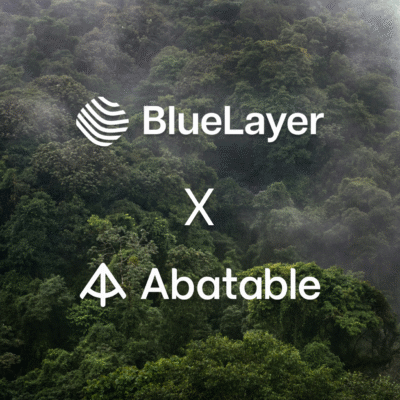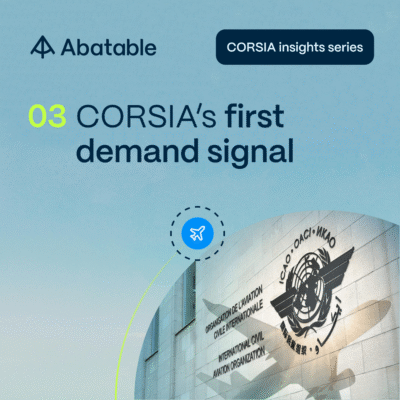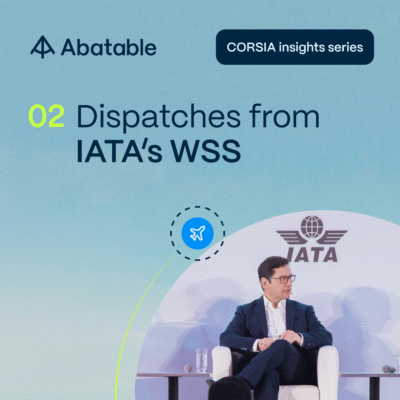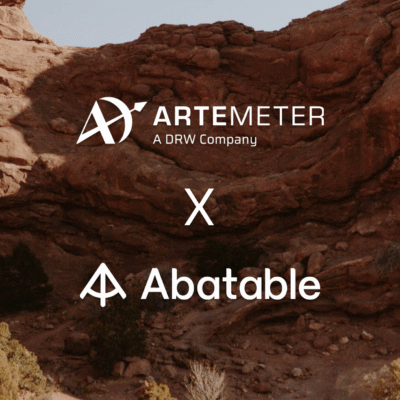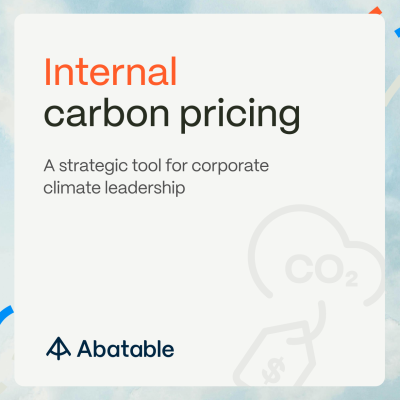Ruminants, such as cattle and sheep, acquire nutrients from plants by fermenting them in a distinct stomach in a process known as “enteric fermentation”. This process of enteric fermentation produces methane emissions through the mouth and nostrils of the animal. Globally ruminants are estimated to produce methane and other greenhouse gases equivalent to 3.1 gigatonnes of carbon dioxide into the atmosphere annually.
Feed additives or supplements are ingredients typically mixed into a ruminant’s feed with the potential to reduce the amount of methane they produce.
A study by McKinsey indicates that feed additives have some GHG mitigation potential, but that can come at a high development cost per tonne of CO2 emission equivalents. Such high development costs have been an obstacle to broader adoption. New feed additives technology companies are looking at ways to monetise the carbon benefits of feed additives and provide upfront payment for dairy farmers to switch practices today.
In this article, we identify the different types of feed additives and the leading project developers and technology firms active in this space. We also look at some of the risks associated with such carbon offsetting projects.
Main types of feed additives
Feed additives can be synthetic or naturally occurring substances. Below are the most promising solutions for enteric methane reduction being developed in the market today.
- 3-NOP: formally named 3-Nitrooxyproponal, this chemical compound blocks a crucial enzymatic reaction in the animal, which inhibits methane production. Chemicals giant DSM has spent over ten years developing its 3-NOP-based solution, Bovaer, which has consistently reduced emissions by 30% in dairy cattle. Due to extensive research and development, 3-NOP currently has the highest confidence in its reduction potential out of any solution on the market.
- Asparagopsis: is a genus of edible red macroalgae (seaweed) typically found in Australia and other temperate coastal regions. Naturally occurring chemicals in the Asparagopsis inhibit the last microbial enzymatic reaction, which produces methane. Trials have produced efficacy results of up to 90%, although it is less well-researched than 3-NOP. Therefore, more peer-reviewed studies are required to validate these claims despite promising results.
- Synthetic Bromoform: bromoform is the primary inhibiting chemical in Asparagopsis. Companies, such as Rumin8, view their solution as making the vitamin C tablet (bromoform) instead of selling a whole orange (Asparagopsis). An issue of Asparagopsis is the life-cycle emissions associated with the growth, freeze-drying, and transportation of the inputs required for feed production – which are all areas where synthetic bromoform can be more competitive.
- Essential Oils: compounds produced by plants such as garlic, citrus and cinnamon (alongside many other natural herbs, spices, and oils) can also reduce methane production in the enteric fermentation process, notably by limiting the number of methane-producing microbes in the rumen. Mootral, the only project developer to have a verified carbon project to date, uses feed additives with garlic and citrus extracts to reduce dairy cattle emissions by between 20-38%, depending on the species of cow. However, the ability of rumen microbes to adapt to essential oils is a challenge in using them as feed additives.
Risks of feed additive carbon projects
There are four critical risks associated with feed additive carbon projects. Firstly, technology risks remain particularly high for such a carbon offsetting project type. In addition, criticisms may exist around the additionality, verifiability, and scalability potential.
- Technology risks: Different solutions remain quite emerging and unproven to date. Products commercialised to date require safety approvals, which can take a long period of time. While also unproven, an anti-methanogen vaccine for animals has a larger emissions reduction potential relative to feed additives and may be displacing the need for feed additives in the future.
- Additionality: To be considered additional, projects must not be able to occur without carbon finance. However, some feed additives have been proven to increase animal productivity and weight, generating higher revenue for farmers.
- Verifiability: Measurement can be complex, time-consuming and inaccurate, leading to overestimating feed efficacy. Measurement techniques such as respiratory chambers are complicated to set up and operate.
- Scalability: Technologies to date allow for marginal improvements of emissions for an average of 2 to 5tCO2e per head per year. Carbon projects may require large populations of ruminants to reach a large scale from a volume perspective, potentially adding considerable operational complexities relative to business-as-usual practices. Interesting cooperative dairy farmer’s models have emerged which could reach scale.
These risks and factors have been identified by reviewing projects against Abatable’s quality assessment for carbon projects in the voluntary carbon market. Ultimately, we have not yet found confidence in feed additives as a carbon project, given the high technology risks to date and challenges with verifiability. However, we will continue to monitor and research the space, particularly around de-risking new innovative synthetic or naturally occurring substances and cost-effective MRV solutions.
If you wish to learn more about our due diligence and quality assessment capabilities across project types in the VCM, please do not hesitate to read our white paper on quality assessment of carbon projects or contact us through our website.


